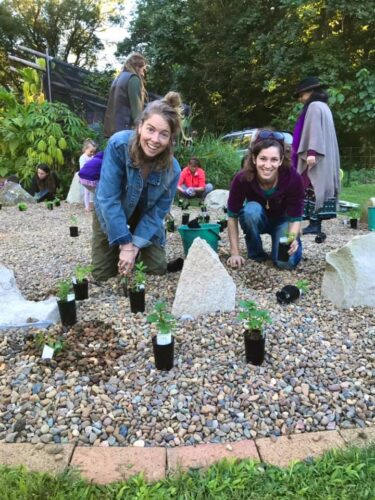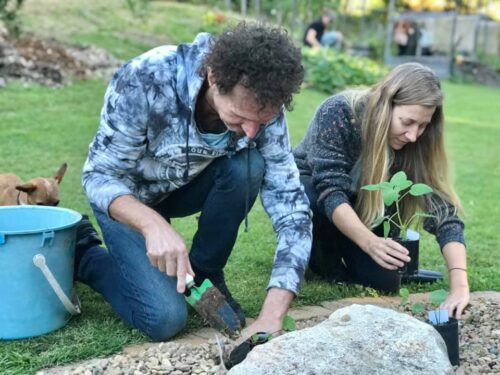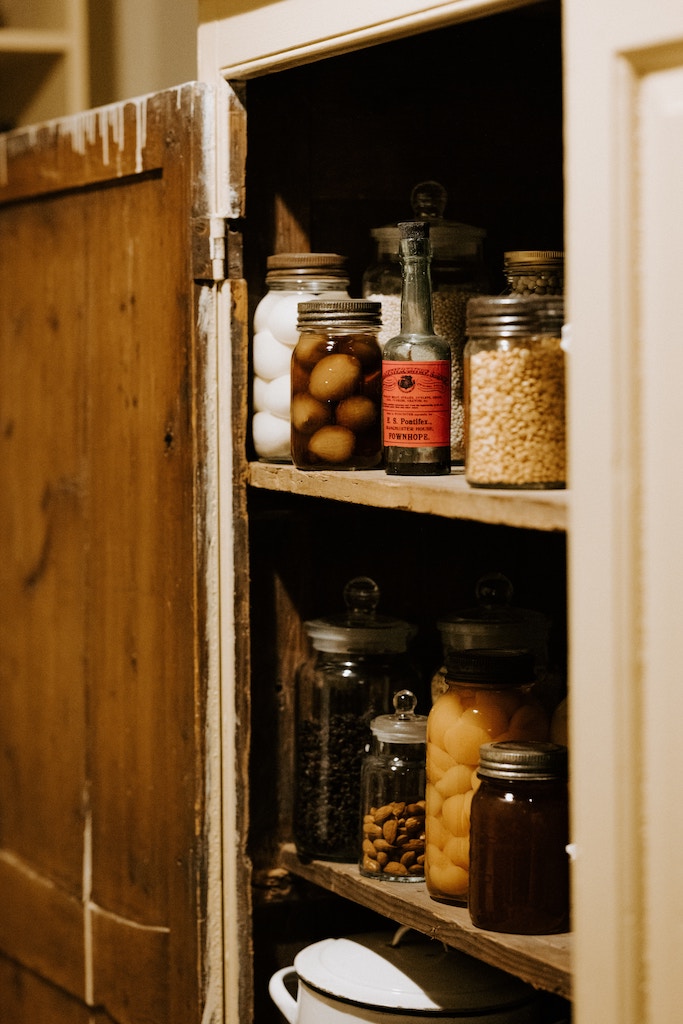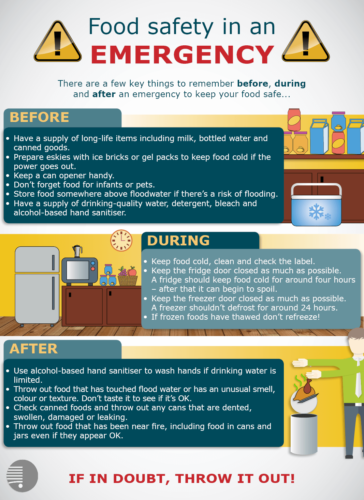Food Security
There are many factors that can disrupt our supply chains and make our food sources insecure, including natural disasters.
The best way to protect you and your family is to have a good plan.
Being prepared can save lives, save money and can speed up recovery.
The following information provides advice on being prepared.
STEP 1: Know Your Risk
Natural disasters can affect access to sufficient, safe and nutritious food.
Food distribution networks may be impacted during major disasters or, for example, as we saw in the pandemic.
Consider the possible resulting effects of a disaster such as extended power outages, disruption to transport services and the potential for your home and/or community becoming isolated for a period of time.
These impacts may affect your access and availability to fresh food.
STEP 2: Make a Plan
Plan your Pantry
NSW Health suggests planning for a 14-day stay at home (possibly without water and electricity) with the following pantry list.
The pantry list is grouped into the types of food and other essential items that may be required during an extended stay at home.
These include:
- drinks
- pet food
- dried and long life food
- snack food
- emergency backup power supply
- baby supplies
- ready to eat canned/bottled food
- health supplies
- other items (such as prescription medications)

Images: courtesy Uki Community Gardens

STEP 3: Prepare Your Emergency Food Supply

NSW Health has the following advice on food items to consider for disasters.
Go to Health NSW’s ‘Preparedness Page’
Download the pantry list below to help you prepare.
Download Health NSW’s ‘Pantry list’
Grow your own food
Growing a home garden is one of the best ways to include fresh fruits and vegetables in your diet and to have a supply of fresh food in the event of a disaster.
Storing a year’s supply of garden seeds is a great way to ensure that you can continue growing food for the long term.
The NSW government have started a community initiative called ‘Grow it Local’ to encourage people to grow, eat and share food locally.
Check the link below.
Go to the ‘Love Food Hate Waste’ website
Sign up for free online gardening webinars on the ‘Grow it Local’ website
STEP 4: Learn About Food Safety - Before, During and After a Disaster
Check out the following guidelines on food safety.
Download ‘Food Safety Guidelines’
Food Safety Tips provided by the Food Safety Information Council.
STEP 5: Connect with your Neighbours and Community Network
Getting to know your neighbours is an important part of preparing your household.
Neighbours can help each other in many ways including sharing food and cooking for each other if your area or street is cut off during a severe weather event
Join your neighbourhood group if you haven’t already and connect with your neighbours.
Go to RUKI’s ‘Neighbourhood Groups’ page
Networks to join:
- Feeding Uki Facebook Page
www.facebook.com/groups/feedinguki
- Uki Community Garden Page
www.facebook.com/UkiCommunityGardens
- Murwillumbah Community Garden Facebook page
www.facebook.com/MurwillumbahCommunityGarden
Resources
Plan C is an organisation that is aiming to build the resilience and regenerative capacities of Northern Rivers communities in the face of disasters and crises.
A recent report about the Northern Rivers food systems by Plan C is useful in understanding our current food situation and challenges that we face.
Download Plan C’s ‘NR Food Security’ study
Go to the link below for more information about their work on building food resilience for the Northern Rivers region.
